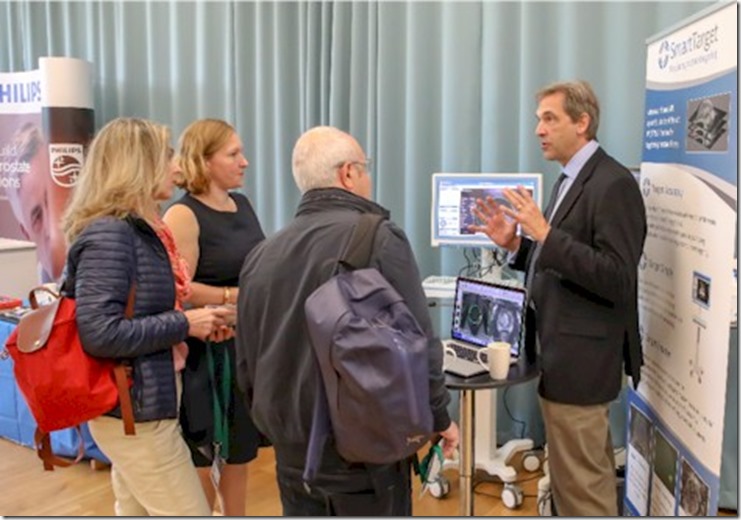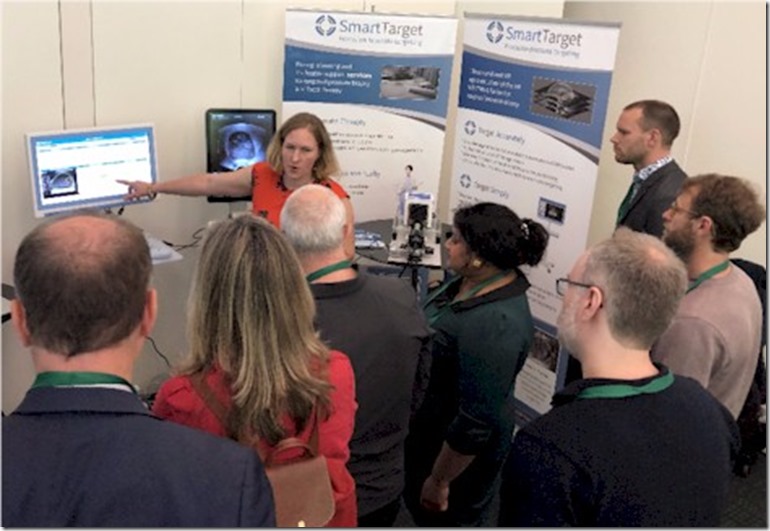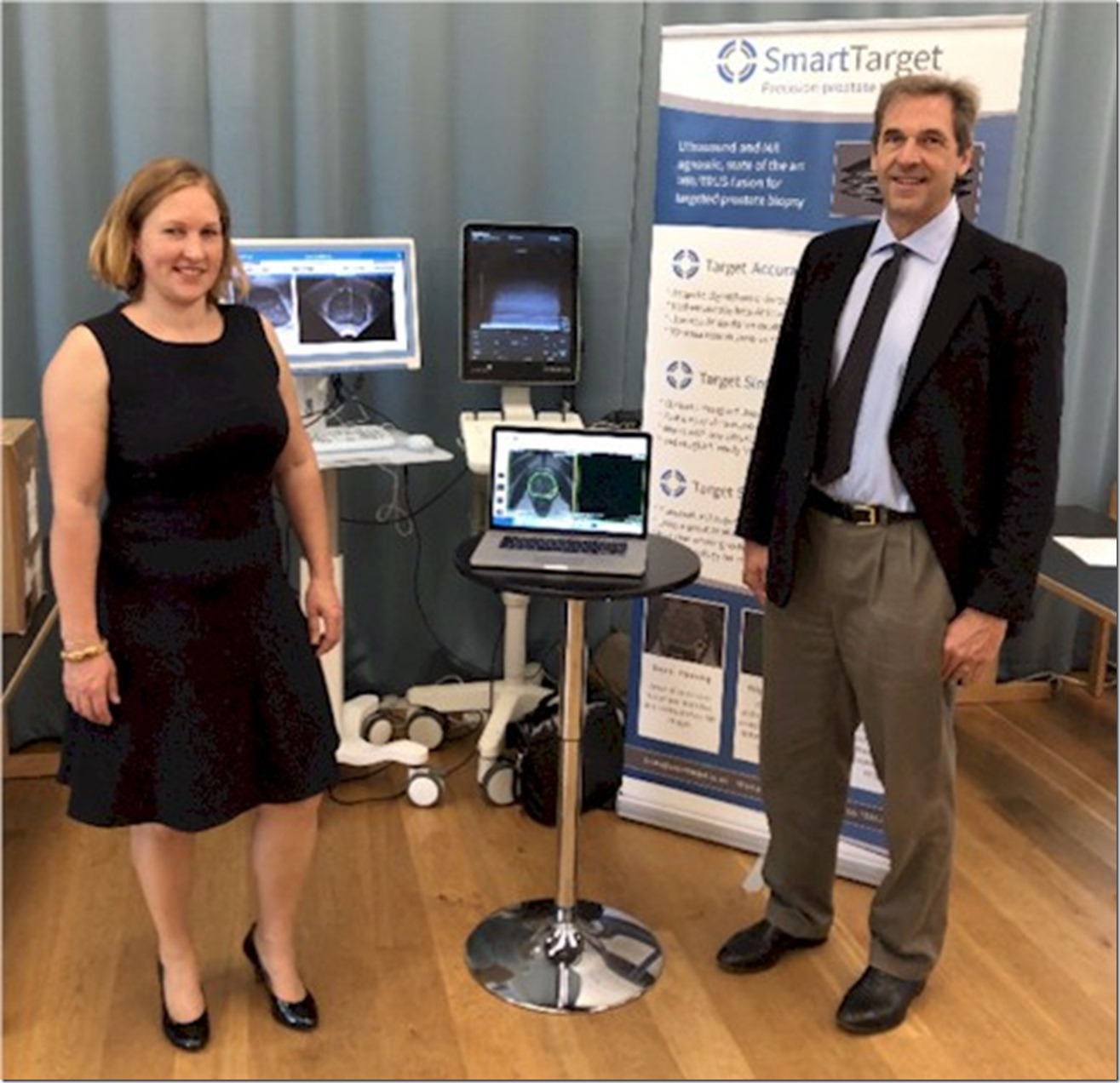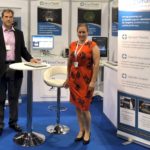Cambridge Prostate mpMRI & Biopsy Course

photo courtesy of Page Photography
SmartTarget presented its MRI TRUS fusion technology to the Cambridge Prostate mpMRI & Biopsy Course at Cambridge University this week. This event had a particularly European flavor to it with about half the attendees flying over from the continent. This balance might be due to the event’s accreditation by the European Accreditation Council for Continuing Medical Education or by the fact that the organizer, Dr. Christof Kastner, is a sort of walking pan-European being a German, living in England who practices in Italy.
We also got a chance to attend a number of the presentations. The first day included an entire segment on “AI and Imaging”. This area is of particular interest to SmartTarget as its algorithms are based on machine learning techniques, and furthermore one of the technology’s inventors, Yipeng Hu, is currently conducting research on more advanced applications of machine learning to further facilitate the prostate diagnosis process.
Dr. David Bonerkamp remarked that, “You have been hearing about the potential for AI applications in imaging for years now and many of you might be asking where all the tools are?” Suffice it to say that technology in the medical sector does progress at an appropriately more measured pace to ensure safety and efficacy. But also, these are non-trivial problems being addressed and a have some significant criteria to meet in order to meet the “gold standard” of status quo cognitive approaches. While the tabloids regularly print stirring headlines about robots taking over jobs, it’s clear that in the medical field, as AI becomes more integrated into the diagnostic and treatment systems, its role will be more complementary and substitutive. First, “belt and braces” solutions will use AI to double check the clinician and see if the system identifies something of interest that the human might have missed. Second, the tools will provide efficiency to streamline the human process by reducing tiresome and error-prone legwork so the human can focus their finite cognitive energies on the trickier interpretation and decision making.



 Next Post
Next Post